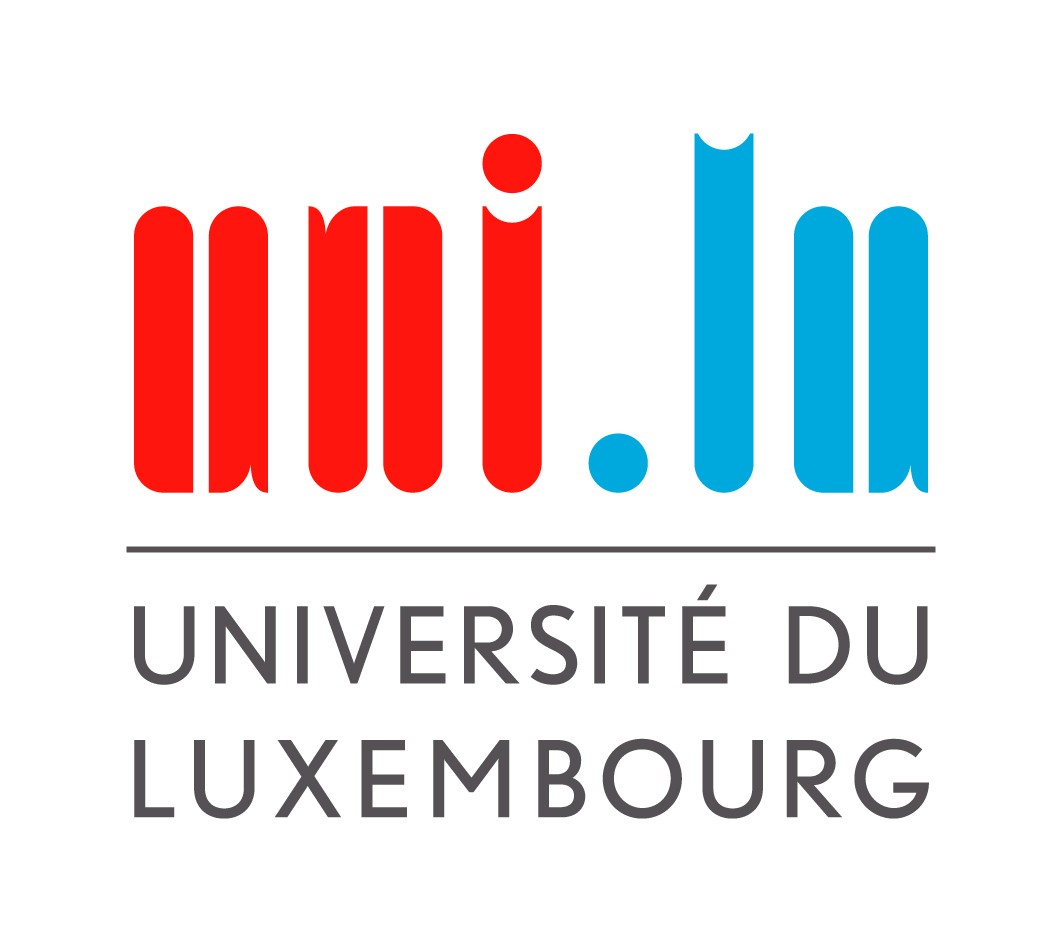The aim of this paper is to investigate attitudes toward the integration of immigrants in Luxembourg – the country with the highest proportion of immigrants in Europe. First, the paper examines how attitudes toward integration (consisting of two dimensions, namely attitudes toward assimilation and attitudes toward multiculturalism) vary among different groups of the countries‟ residents, i.e. natives and residents with a migratory background. Second, it examines how these attitudes have evolved over a period of ten years. The Luxembourgish EVS data from both the 1999 and the 2008 waves are used. The results of the analyses reveal that attitudes toward the integration of immigrants differ significantly among the analysed resident groups. Native residents are more supportive of the assimilation model compared to foreign-born residents and second generation immigrants with two foreign-born parents, whereas the latter groups score higher on the multiculturalism scale than the other groups. With respect to trends in attitudes toward integration, the assimilation model gained popularity between 1999 and 2008 among all groups whereas the opposite was found with respect to preferences for multicultural integration.
Do attitudes toward integration of immigrants change over time? A comparative study of natives, second-generation immigrants and foreign-born residents in Luxembourg
Suggested Citation
Callens, M.‑S., Valentova, M. & Meuleman, B. (2012). Do attitudes toward integration of immigrants change over time? A comparative study of natives, second-generation immigrants and foreign-born residents in Luxembourg (Working Papers du CEPS/INSTEAD Nr. 14). Esch/Alzette. Centre d’études de populations, de pauvreté et de politiques socio-économiques (CEPS/INSTEAD); University of Leuven.

